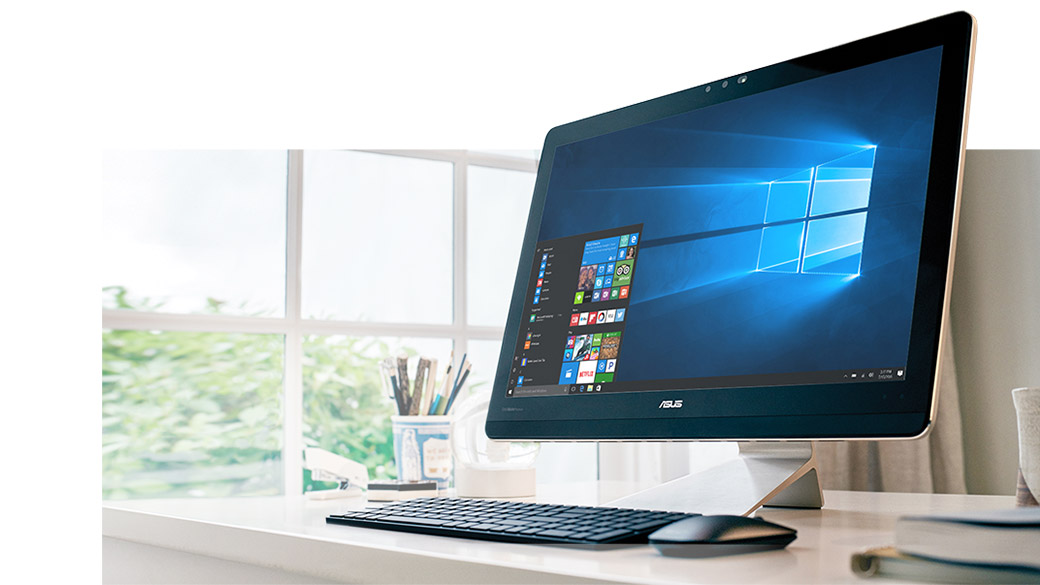Why The PC Industry’s Gaming Segment Is A Catalyst For Growth
The PC industry appeared set for an unexpected obsolescence not long ago as the smartphone and the tablets market continued to gain traction amongst consumers. And while sales continue to fall in the PC market, industry players look to reinvent themselves by capitalizing on new technologies that could improve segments of the computing market.
Some of the notable areas that companies can capitalize on are the budget laptops segment that is gaining popularity among college students and gaming laptops. Despite mobile gaming having the penetration that gaming laptops can only dream of, PC gaming market is still amongst the few areas in the PC industry that continue show some light at the end of the tunnel. This segment of the computing industry has continued to flourish despite the influx of smartphones and tablets.

However, gaming PC makers are aware of this threat and have thus devised to make affordable gaming laptops with amazing features for the best user experience. Some of the laptops actually cost as little as $500, thereby making them very competitive in terms of pricing. For those looking for more insights on these laptops, this article is highly informative.
Makers of PC computers are also trying to balance affordability with technology as they seek to battle the increasing rivalry from mobile gaming applications. Currently, some gaming laptops can now be integrated with VR technology.
However, that’s not the only rivalry gaming laptops are facing—companies like Nintendo (NTDOY), Microsoft (Nasdaq: MSFT) and Sony Corp (ADR) (NYSE: SNE) have given PC gaming laptop makers a run for their money with various gaming consoles that offer even better user experiences. Nonetheless, gaming laptops continue to trump their console counterparts in terms of sales.
According to IDC analysts in a report published last year, high-end gaming PCs are the fastest-growing segment alongside all-in-one PCs. Sales in the gaming segment are driven by the desire for better performance and better features amongst PC gamers. This has prompted them to upgrade their gaming computers every few years in a bid to receive the best user experience.
In fact, statistics indicate that while the general PC industry has been in decline over the last few years, the gaming section has continued to fight against the current posting growth from one year to the next. In 2014, the computer gaming market had estimated annual sales of about $21.5 billion. And last year, (just two years later), researchers valued it at approximately $30 billion.
In 2014, analysts had projected the PC gaming market to be valued at about $22.5 billion in 2016, but as per this report published on Digital Trends early this year the global PC gaming hardware market broke through the $30 billion mark for the first time in 2016. This shows that the market is outperforming expectations.
The $30 billion figure covers various sections of the PC gaming market including “pre-built PC gaming machines, processors, graphics cards, memory, and other upgrade components, [as well as], PC gaming peripherals (mice, mechanical keyboards, headphones, and related devices), monitors, and other accessories,” the report highlighted.
Most PC makers including Lenovo, Acer, and Asus are looking to capitalize on the success of the PC gaming business segment to supplement the decline in sales in other PC business units. The three companies account for more than 30% of the overall PC sales and over the last few years have been on what appears to be a race to deliver the most competitive gaming beasts to gamers.
Unlike their US counterparts, HP Inc (NYSE: HPQ) and Dell, which can supplement falling PC sales with sales from their enterprise businesses, Lenovo (LNVGF), Asus (AKCPF), and Acer (ACEIF) rely on hardware sales to consumers. This is also why they appear to be pushing for an industry-wide trend toward promoting more gaming gear.
The only problem with a reliance on gaming to boost sales is that from a broad perspective, the impact on the overall growth will be minimal. Gaming PC just broke the $30 billion mark in annual revenues while the overall PC industry averages about $400 billion in annual sales.
Therefore, while the PC gaming market will play a key role in rejuvenating the PC industry, it will need other sections like the budget laptop segment to augment its growth.
Conclusion
In summary, the PC industry is at a crossroads. Some companies like IBM (NYSE: IBM) have already divested from the PC hardware market in a bid to stimulate growth. More players could follow IBM’s example soon if the tide doesn’t change.
However, with smartphones and tablets having a limited capacity in terms of features and programs that they can run effectively, it will be interesting to see how things pan out in the next few years. But whatever happens, the PC gaming market will continue to grow if recent statistics are anything to go by.
Disclosure: The material appearing on this article is based on data and information from sources I believe to be accurate and reliable. However, the material is not guaranteed as to accuracy nor ...
more


